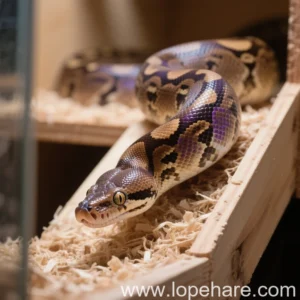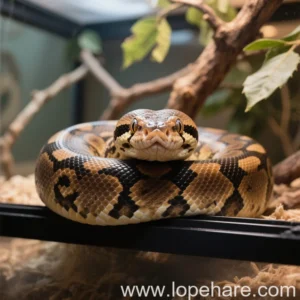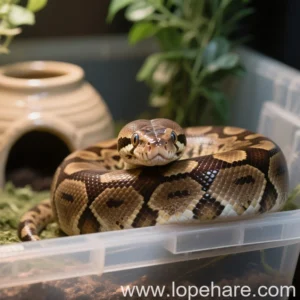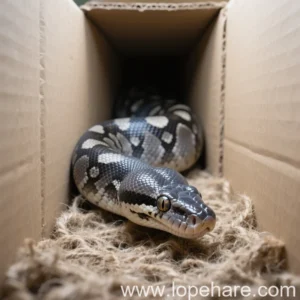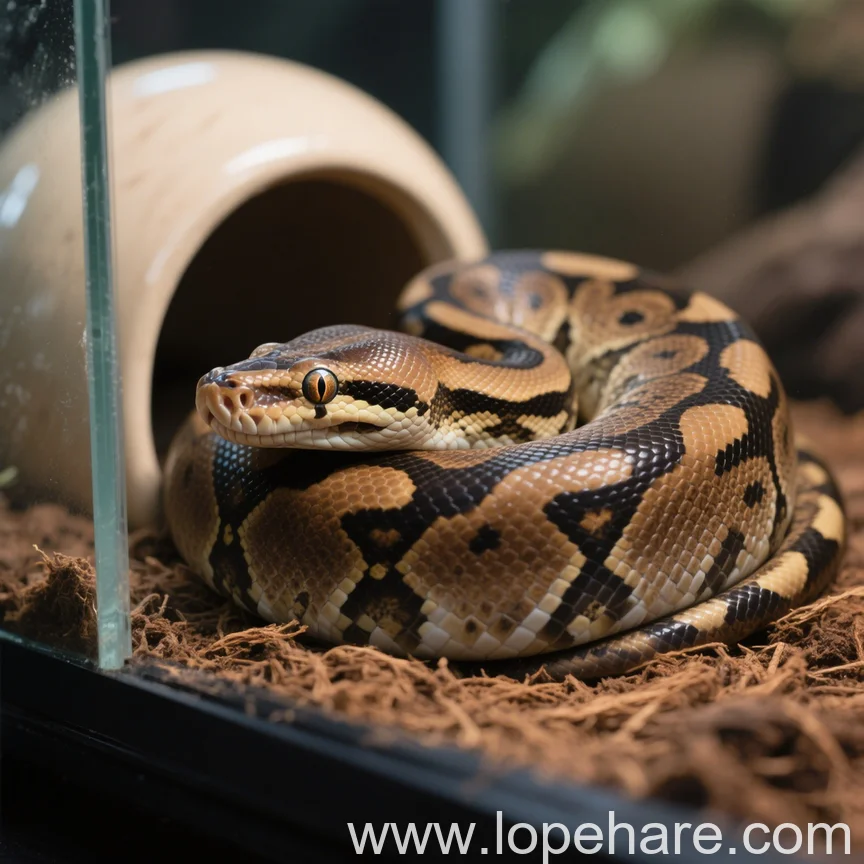
Reptile Husbandry
Ball Python Cooling Periods: Do They Need a Winter Hibernation Routine?
As passionate keepers of unique pets at lopehare.com, we often encounter questions about mimicking natural cycles for our reptiles. One common question among Ball Python owners is whether these fascinating snakes need a cooling period, often referred to loosely as “hibernation” or “brumation,” during the winter months. The answer isn’t a simple yes or no; it depends heavily on your goals for your snake and your ability to provide specific conditions safely.
Understanding Brumation
First, let’s clarify the terminology. Reptiles don’t truly hibernate like mammals. Instead, they undergo a process called brumation. This is a state of metabolic slowdown triggered by dropping temperatures and decreased photoperiod (daylight hours). During brumation, reptiles become less active, may stop eating, and their bodily functions decrease significantly. It’s essentially a survival mechanism to conserve energy during cold or dry periods when food and water are scarce.
Ball Pythons in Their Natural Habitat
Ball Pythons (Python regius) originate from West and Central Africa, a region that doesn’t experience harsh, prolonged winters like temperate climates. While there are wet and dry seasons and some seasonal temperature fluctuations, they don’t typically face freezing conditions that would necessitate a deep, months-long brumation similar to what you might see in a tortoise or a North American colubrid snake. Their activity might decrease during cooler, drier periods, but it’s not the same physiological shutdown as full brumation.
Key Point: Ball Pythons are native to tropical and subtropical regions. Their environment doesn’t require the same type of survival dormancy as reptiles from colder climates.
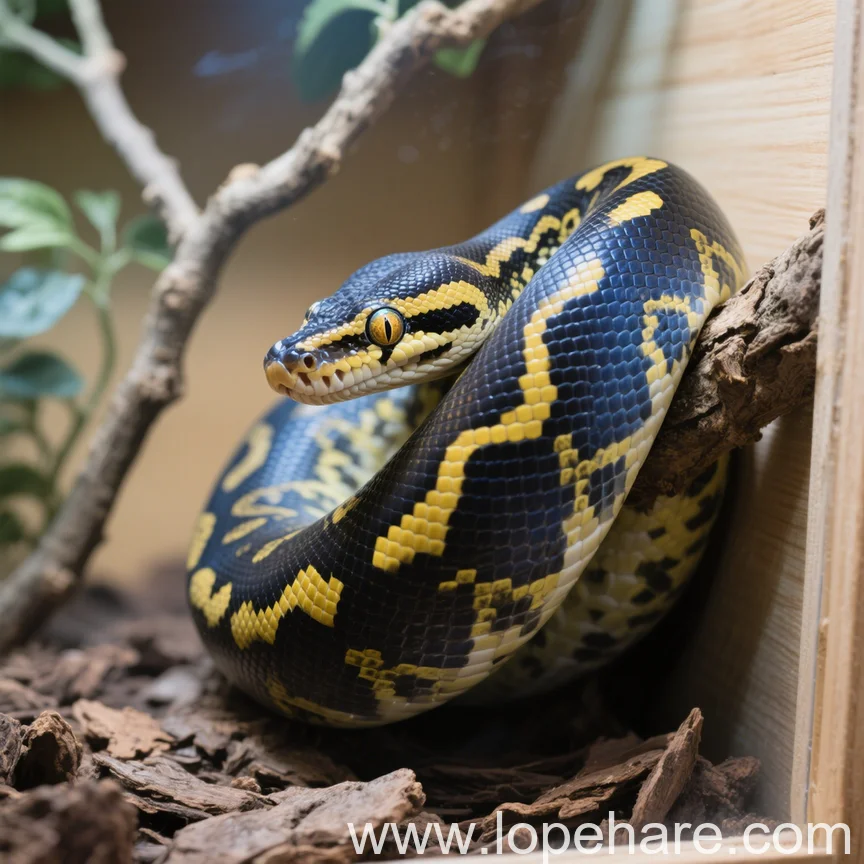
Is Brumation Necessary for Pet Ball Pythons?
For a typical pet Ball Python kept solely as a companion animal, managing ball python temperature during winter to mimic a strict brumation cycle is generally not necessary or recommended. These snakes can thrive and live long, healthy lives with consistent, optimal temperatures and care year-round. Attempting brumation without understanding the specific needs and potential risks can be detrimental to their health, especially if the snake isn’t in perfect condition beforehand.
Providing a slight, natural drop in ambient room temperature during winter evenings (within safe limits, still maintaining the warm side) is usually sufficient to acknowledge seasonal changes without inducing a full brumation state.
Brumation for Breeding Purposes
This is where cooling periods become relevant. Many experienced breeders utilize a controlled cooling period (often called “cycling”) to stimulate breeding behavior in Ball Pythons. Mimicking the subtle seasonal changes of their native habitat, particularly the cooler, drier season, can encourage reproductive activity. Breeders may slightly lower temperatures and adjust humidity and photoperiod for a period of several weeks to a few months.
However, this is a precise process that requires careful monitoring and knowledge. It is absolutely not something to attempt casually. The snake must be healthy, well-fed, and properly hydrated beforehand. Ignoring these factors can lead to serious health complications or even death.
How to Safely Execute a Cooling Period (For Breeding)
If you are an experienced keeper planning to breed and decide to cycle your Ball Pythons, here are general considerations (Note: This is an advanced technique and requires thorough research specific to your snake’s condition and age):
- Ensure Snake Health: Only cycle healthy, adult snakes that have been given a clean bill of health by an experienced reptile vet. Any underlying health issues can be exacerbated.
- Pre-Cooling Fast: Stop feeding the snake for 2-3 weeks before dropping temperatures to ensure its digestive tract is empty. Food left undigested at lower temperatures can rot and be fatal.
- Gradual Temperature Reduction: Slowly decrease temperatures over several days or a week. Recommended “cool” temperatures are typically in the low to mid-70s°F (23-25°C), *not* dropping below 70°F (21°C). A slight thermal gradient should still be available if the snake needs to warm up slightly.
- Adjust Photoperiod: Reduce the amount of light the snake receives daily, mimicking shorter winter days.
- Maintain Humidity: While it’s often associated with a “drier” season, adequate humidity is still critical to prevent dehydration and respiratory issues. Misting may be less frequent, but hydration sources (like a humid hide) are essential.
- Duration: Cooling periods for breeding typically last 6-12 weeks.
- Constant Monitoring: Observe your snake daily for signs of distress, weight loss, or illness. Reliable thermostats and thermometers are non-negotiable.
- Gradual Return to Normal: Increase temperatures and photoperiod slowly over several days or a week at the end of the cooling period.

Risks of Improper Cooling
Attempting a cooling period without following strict protocols carries significant risks:
- Respiratory Infections: Incorrect temperatures, especially fluctuating or too-low temperatures combined with improper humidity, can lead to life-threatening respiratory issues.
- Regurgitation/Digestive Issues: Feeding too close to or during a cooling period can result in food rotting inside the snake, causing severe illness or death.
- Weight Loss & Dehydration: If the snake doesn’t have access to appropriate conditions or is cooled for too long, it can become severely dehydrated and lose critical body mass.
- Stress: Improper cycling is incredibly stressful for the animal.
Warning: Unless you are an experienced breeder with a specific goal and detailed knowledge of the process, attempting to deeply cool a pet Ball Python can be dangerous. Maintaining consistent, optimal husbandry year-round is the safest approach for pet keepers.
Our Perspective at Lopehare
At lopehare.com, our mission is to provide comprehensive and professional care knowledge for unique pets. Based on our experience and consultation with experts, we strongly advise against attempting a full, deep “brumation” cycle for a pet Ball Python unless you are specifically an experienced breeder targeting reproduction. For general ball python care winter preparation, simply ensuring consistent heating and monitoring for drafts or drops in ambient room temperature is sufficient. Focus your efforts on maintaining the ideal temperature gradient, humidity levels, and providing a varied diet year-round.
Conclusion: Pet vs. Breeding Needs
While Ball Pythons experience some seasonal variation in activity in the wild, they do not undergo the same type of deep, necessary brumation as reptiles from temperate climates. For the vast majority of pet owners, providing a consistent, optimal environment year-round is the safest and most beneficial approach.
Cooling periods are a tool used by experienced breeders to induce reproduction, but they come with significant risks if not executed flawlessly. If you are not planning to breed your Ball Python, you do not need to worry about implementing a winter brumation routine. Your efforts are best spent on maintaining the excellent husbandry that these popular snakes require.
References
- Wikipedia: Brumation
- General knowledge based on experience and consultation with reptile husbandry resources.
